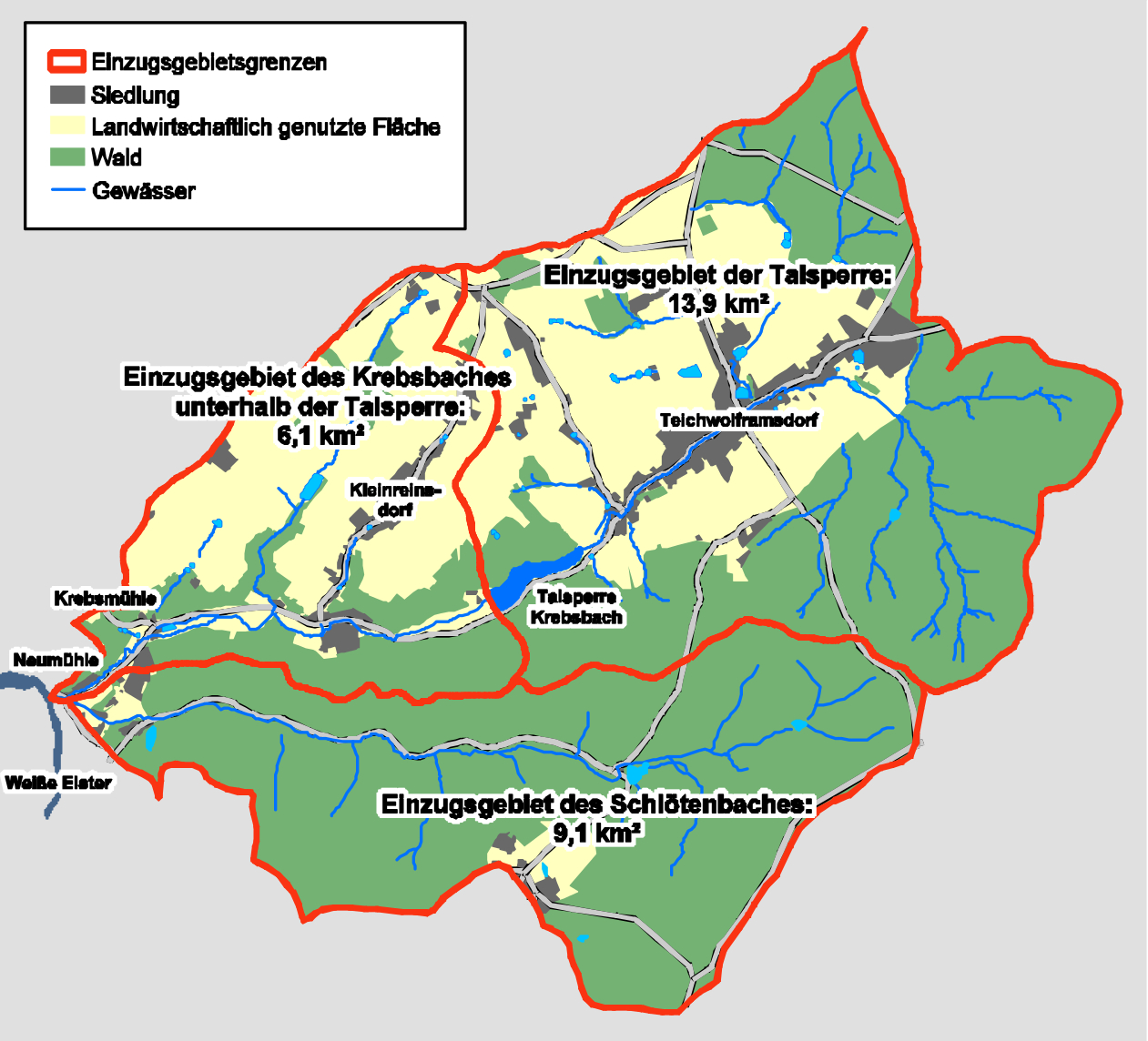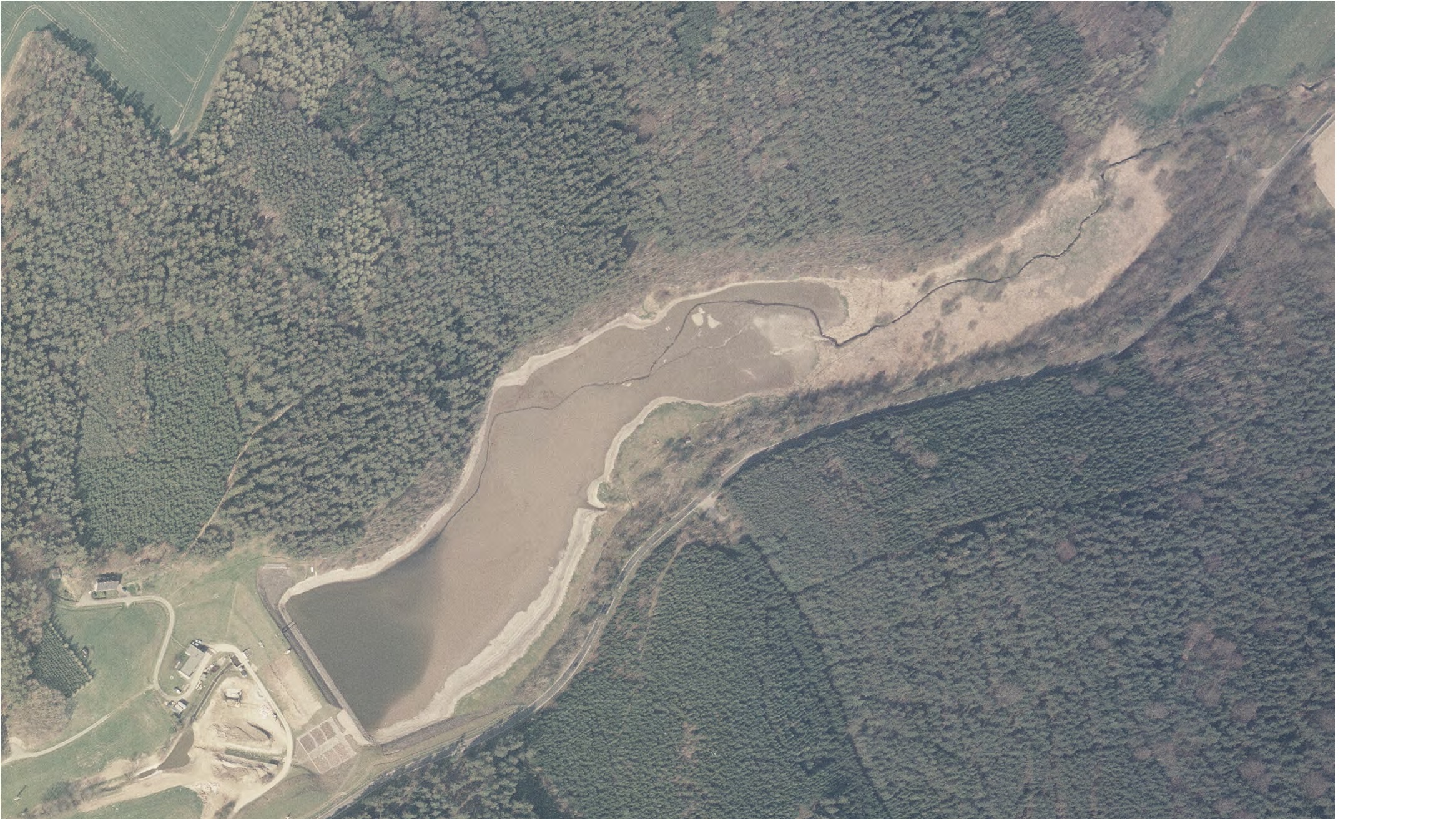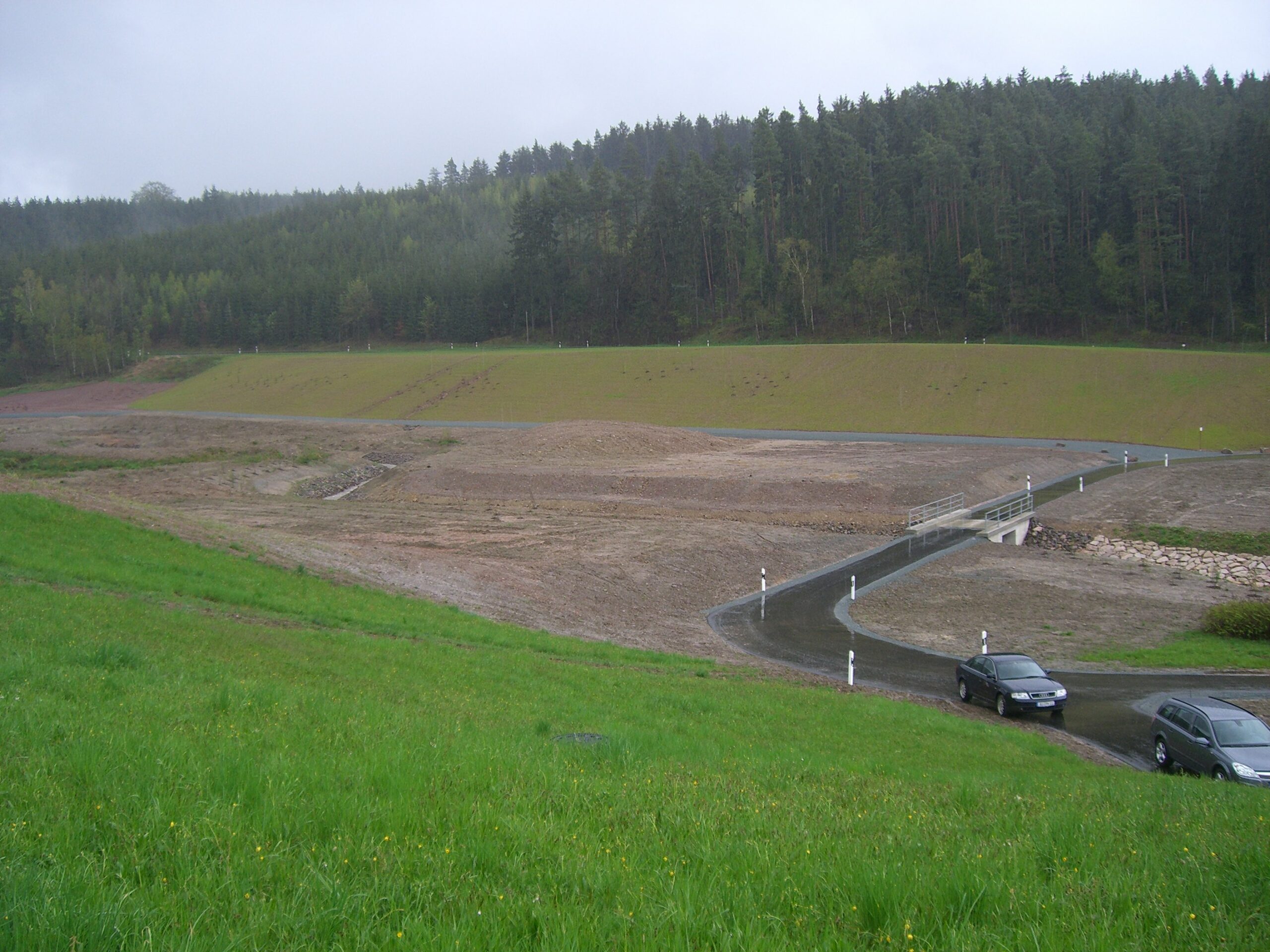Introduction
The removal of the Krebsbach dam was an important landmark for Germany as it was the first large dam removal that Germany had undertaken.
The Krebsbach Dam was situated on a small stream which flows into the Weiβe Elster river, part of the River Elbe basin in the east of Germany, province of Thuringia.











